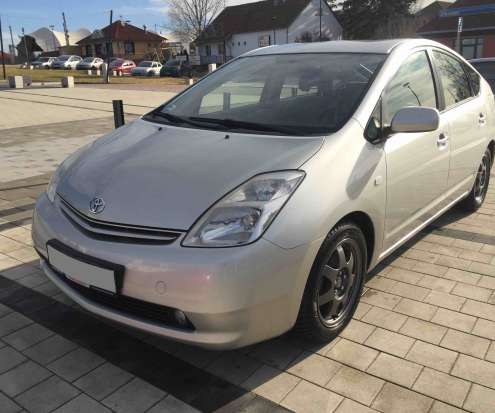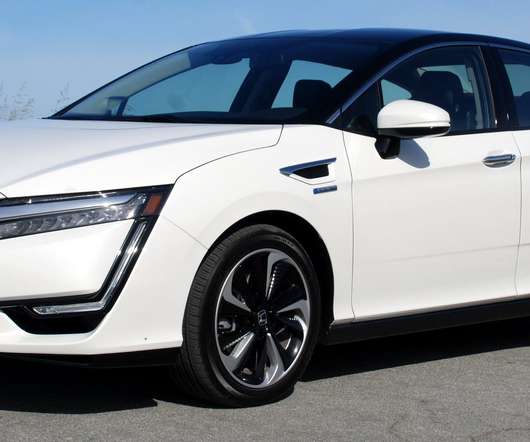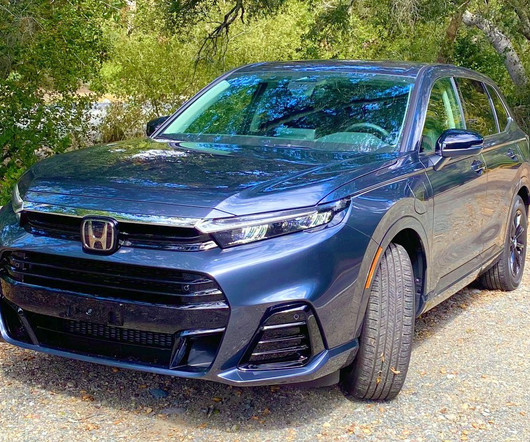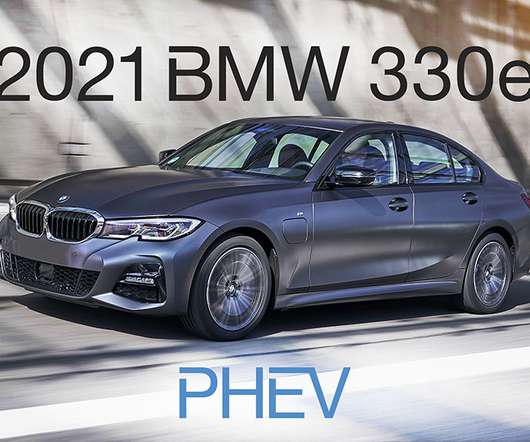All new vehicle sales in Oregon to be ZEVs by MY 2035
Green Car Congress
DECEMBER 23, 2022
These include both battery-electric and fuel-cell-electric vehicles, as well as plug-in hybrid electric vehicles. New gasoline vehicles will still be allowed for sale through 2034. Known as Advanced Clean Cars II , the set of rules builds on regulations in place since 2005.






























Let's personalize your content